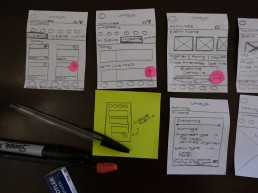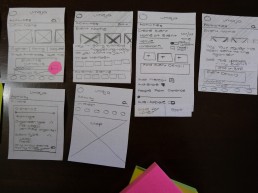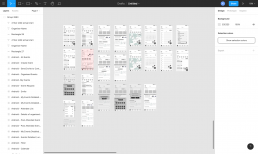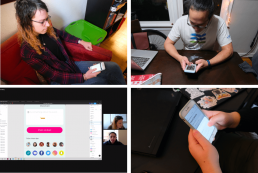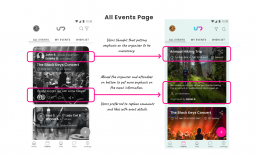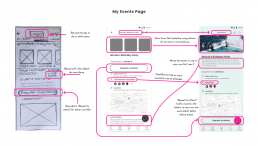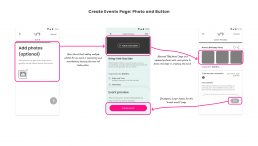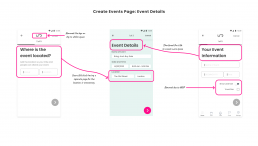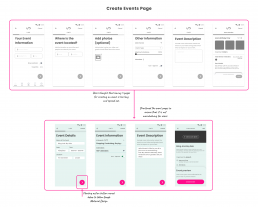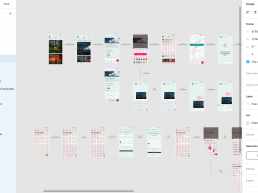Category
Mobile Design | Social Media App
Tools
Figma | Jira | Google Drive | Zoom
My Role
Product Designer | User Researcher | Visual Designer
My Contribution
I am responsible for creating the Events pages for Umoja as a UX/UI intern and Product Lead. I collaborated, and get user testing and feedback from product owners, designers and developers.
The Challenge
For this project, I am tasked to develop paper wireframes, low, mid and high fidelity prototypes for a startup company, Umoja, a social media app that enables you to share information with and connect with people with similar interests.
Design Process
I applied the Double Diamond process, which mapped out the process of finding the insights into the user and business needs, to finding a solution to the user’s problem. The process was organised into four stages: Discover, Define, Develop and Deliver.
Discover
User Research
I began by conducting user research to understand how users perceive travelling while determining how users go upon when finding events around and outside their area.
I interviewed a total of 8 users to evaluate their process of planning and searching for events online. This allowed me to gain user insights into their frustrations, behaviours, and needs while searching and creating events.
User Interview Data
I also developed graphs to visualises the answers that the users have mentioned during the interview process.
Competitor Analysis
I then identified Umoja’s competitors and look at its key strengths and weaknesses. This allowed me to see ways to make Umoja’s app unique and accessible to future users.
We first started with direct competitive analysis and looked at applications where you can find events such as Google, Facebook, Meetup and Eventbrite.
Competitor Analysis Key Insights
Define
Value Propositional Canvas
To get a sense of the experience using the events page, I developed the Value Proposition Canvas. This allowed me to view the intended purpose of the product while ensuring that we are building the right solutions for the user’s problems.
If we only look at the customer and business needs, we fail to plan for the unintended consequences and unseen factors that can affect the users, society and business as a whole. This particular area is not always negative, for example, having an event can generate job opportunities for vendors, planners, and event organisers.
This provides opportunities that can allow Umoja to stand out from the competitors.
Iceberg Canvas
Afterwards, I brought the existing ideas from the Value Propositional Canvas and took the most prominent and significant ideas on the Iceberg Canvas. I then summarised insights on the quadrant and based it on the theme.
The top of the iceberg represents what other event applications can do, or the “digital copycats.” The bottom half of the iceberg represents the unique selling point of Umoja, and what it can do to stand out against Umoja’s competitors.
This allowed me to focus on each theme and permitted me to brainstorm ideas on developing the sketches and prototypes.
Framing User’s Needs
Persona and User Flow
I created two different personas that have different goals, behaviours and frustrations. These personas were inspired by the user research I conducted and the initial user research that was conducted by my colleagues. These personas and flows helped with the continuation of the design process.
Develop
Initial Sketches
I went straight into creating the initial wireframes with pencil and paper. Because of time constraints, I showed the product owners, designers and developers and conducted a quick run-through of the sketches. I was able to take their valuable feedback and continued iterating the designs.
Wireframes
Deliver
User Testing
After the initial sketches, I tested the low-high fidelity prototypes in person and via Zoom in order to see what I can do to improve the user experience when using the Umoja app. I was able to iterate the designs based on their feedback while having the MVP in mind.
Final Flow
What’s Next?
Due to the company’s NDA, I am not allowed to post the full walkthrough of the application (for now).
- Redesigning the Style Guide
- Creating different user journeys for different scenarios
- Testing, Testing and Testing
